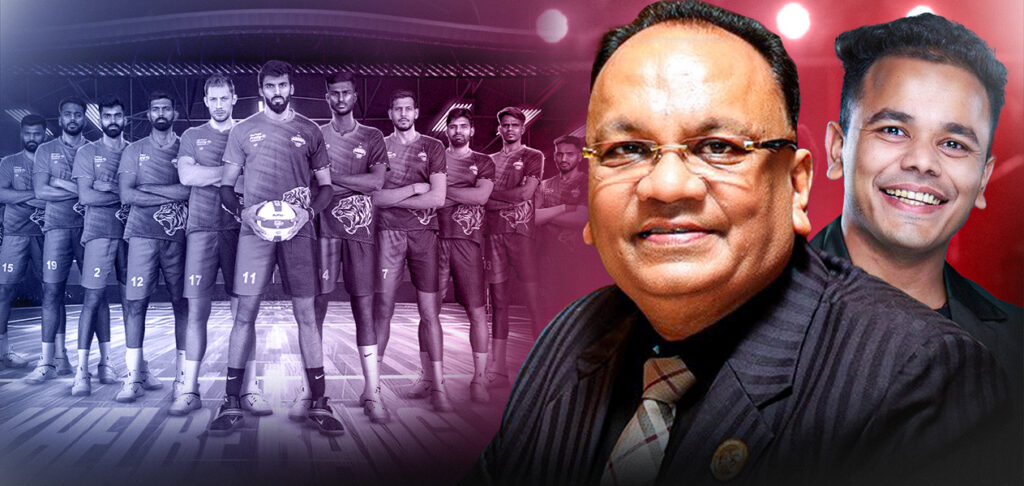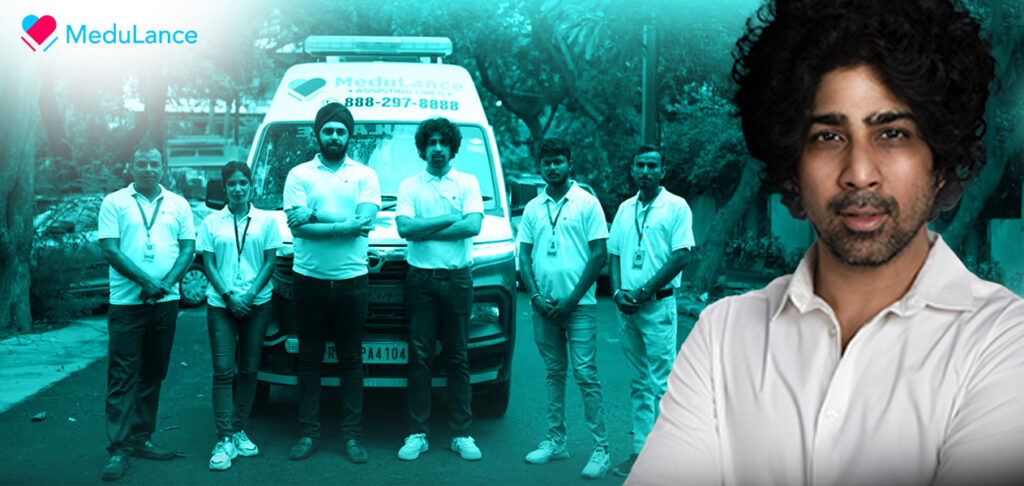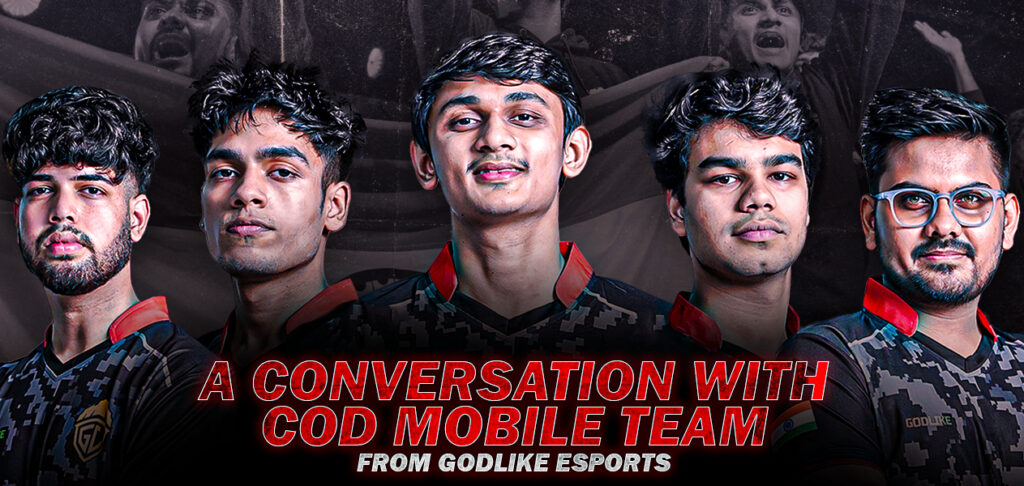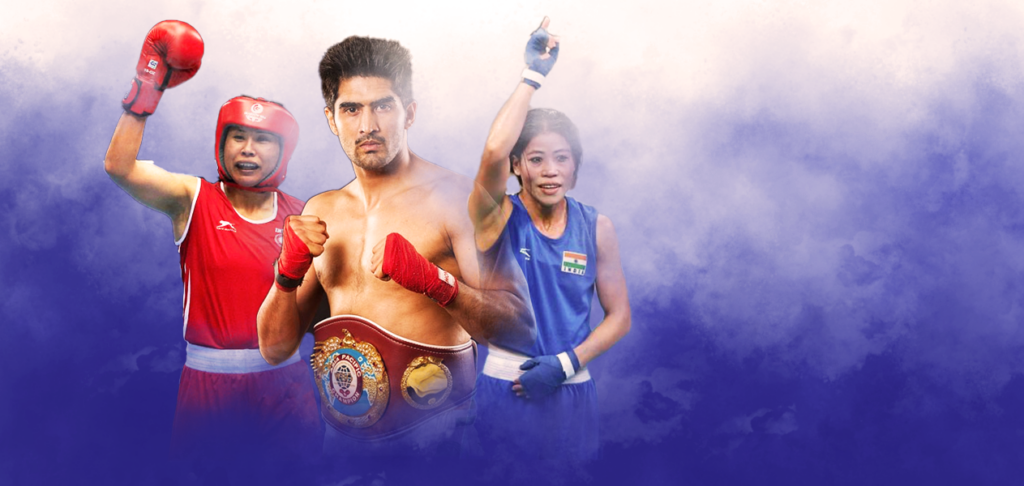Northeast India has had a rich history of footballers over the last century. The honour of arguably one of the first and biggest names in Indian football from the region can be credited to Dr. Talimeran Ao, who migrated to Kolkata from Assam to pursue a medical career, and not only managed to achieve that (ending up as the Director of Nagaland Health Services by 1978), but also went on to play for Mohun Bagan during the 40s and early 50s and captained the Indian national football team in their first-ever official tournament – the 1948 Summer Olympics.
In more contemporary times, the nation was graced with another idol to look up to in Baichung Bhutia. The Sikkimese Sniper not only became the first Indian player to professionally play overseas, but in a way brought with him the commercial revolution in football and brought the sport even more so in the mainstream, as football fanaticism swept across India with adulation for both domestic and foreign leagues. Jeje Lalpekhlua, Udanta Singh, Jackichand Singh and Halicharan Narzary are some very few examples of elite players from the Northeast representing India on the national stage.
At the turn of the past century, as football paved its way into the Indian subcontinent, the state of West Bengal became a hotbed for people from the Seven Sisters to move to in hopes for a proper crack at becoming a footballer. Mohun Bagan, East Bengal, Mohammedan – these three have arguably been the biggest football clubs in the state over the last century, if not in the country. There are quite a few reasons as to why football holds such an importance in the Northeast, unlike the rest of the country where cricket usually takes more precedence. One of the reasons can be accredited to a sheer lack of infrastructure, caused by a lack of investment in sports in general, and the fact that the hilly topography of the region doesn’t really facilitate cricket pitches as much as a football one. In fact, among the Seven Sisters, Assam and Tripura are the only two states that participate in the Ranji Trophy. This affinity for football, coupled by relative apathy for cricket, with major idols to look up to has ensured Northeast India poses as a gold mine for footballing talent.
A CONVERSATION WITH BHAICHUNG BHUTIA – FOOTBALL, SPONSORSHIPS, SPORTS BETTING
It is not to say that the government has not taken notice of the matter. All India Football Federation (AIFF) works closely in tandem with the states’ governments and respective leagues to monitor the progress of up-and-coming talents. Academies like the Tata Football Academy (TFA) and AIFF’s Elite Academy provide a wide network of scouts and infrastructural support to make sure the region’s footballing potential do not go waste. Furthermore, earlier this year in February, the state football associations of the Northeastern states joined forces to form a new footballing body, the North East Football Association (NEFA), to oversee the development of grassroots and commercial football in the region.
Among the seven sisters, Manipur and Mizoram are the bigger names in football. Even more striking is the case of Mizoram, who shines out because of its recent football revolution. Home to Jeje Lalpekhlua, Mizoram had its first-ever hero in Shylo Malsawmtluanga, who signed for East Bengal in 2002. Since then, the level and fanaticism for football in the state has only gone up. The launch of the Mizoram Premier League in 2012 that helped commercialisation of football in the state, followed by a visit to the region by German top-flight club TSG Hoffenheim in 2014, who then boasted a certain Roberto Firmino in their ranks, culminated in Aizawl FC clinching the I-League title in 2017. In the Indian Super League, India’s ever-growing commercial sporting powerhouse, the Seven Sisters pose a united front via NorthEast United Football Club.
With the numbers looking ever so better, India’s football in general looks to be on the right path, and the Northeast proves to be central in its development. In 2017, as India hosted the FIFA U-17 World Cup, ten of India’s 21 players for the tournament were from Northeast – a mere assertion to the aforementioned statement. With a plethora of talent, couple with proper, long-term decisions, it won’t be too long before we find ourselves cheering for our football teams against a household giant.
Written By
Anshuman Joshi















